Scientists have recorded the longest swim ever done by a polar bear. A female polar bear in the Beaufort Sea swam an impressive 687 km. The study looked at 52 adult female polar bears wearing Global Positioning System (GPS) collars. Over 2004-2009, 50 long-distance swims were recorded by 20 bears. These swims were, on average, 154.2 km, and the longest swim was 687.1 km, which occurred over nine days.
About Polar Bears
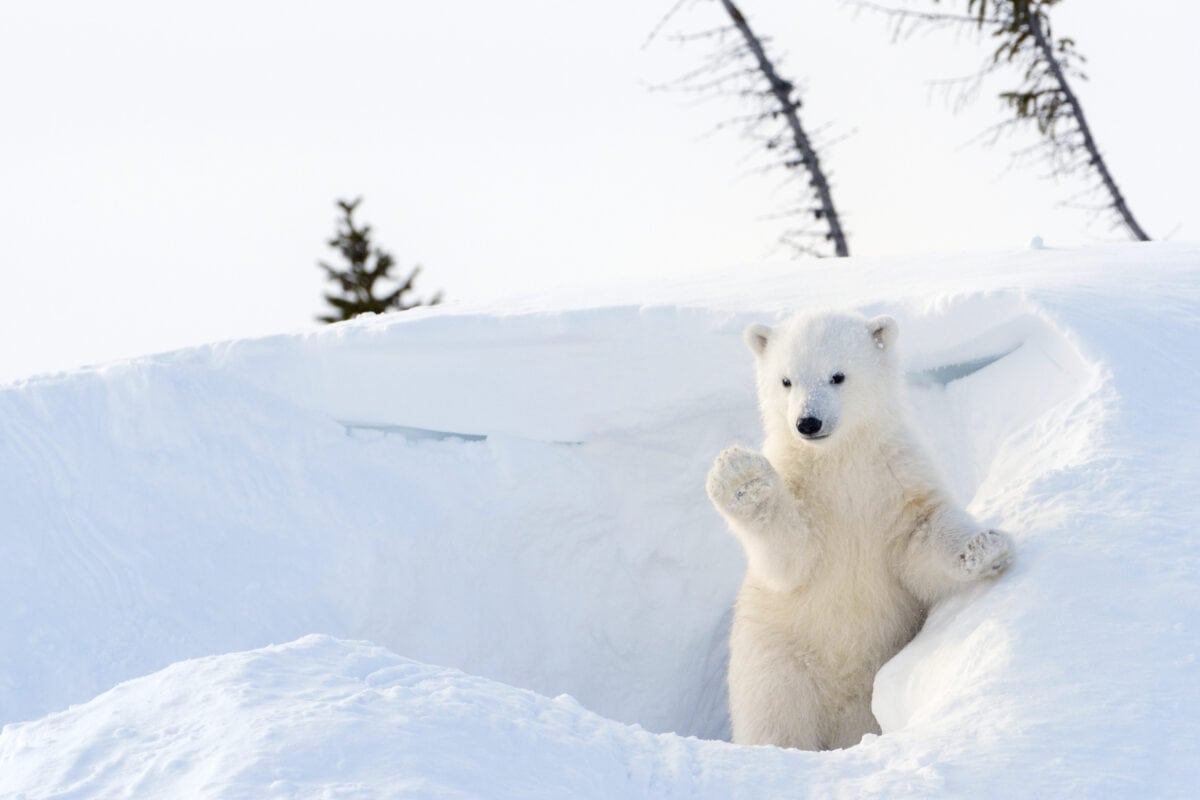
| Scientific Name | Ursus maritimus |
| Habitat | Arctic sea ice, coastal areas |
| Diet | Primarily seals |
| Swimming Ability | Known to swim between land and sea ice floes |
| Threats | Climate change, melting sea ice, reduced access to food sources |
The Longest Swim
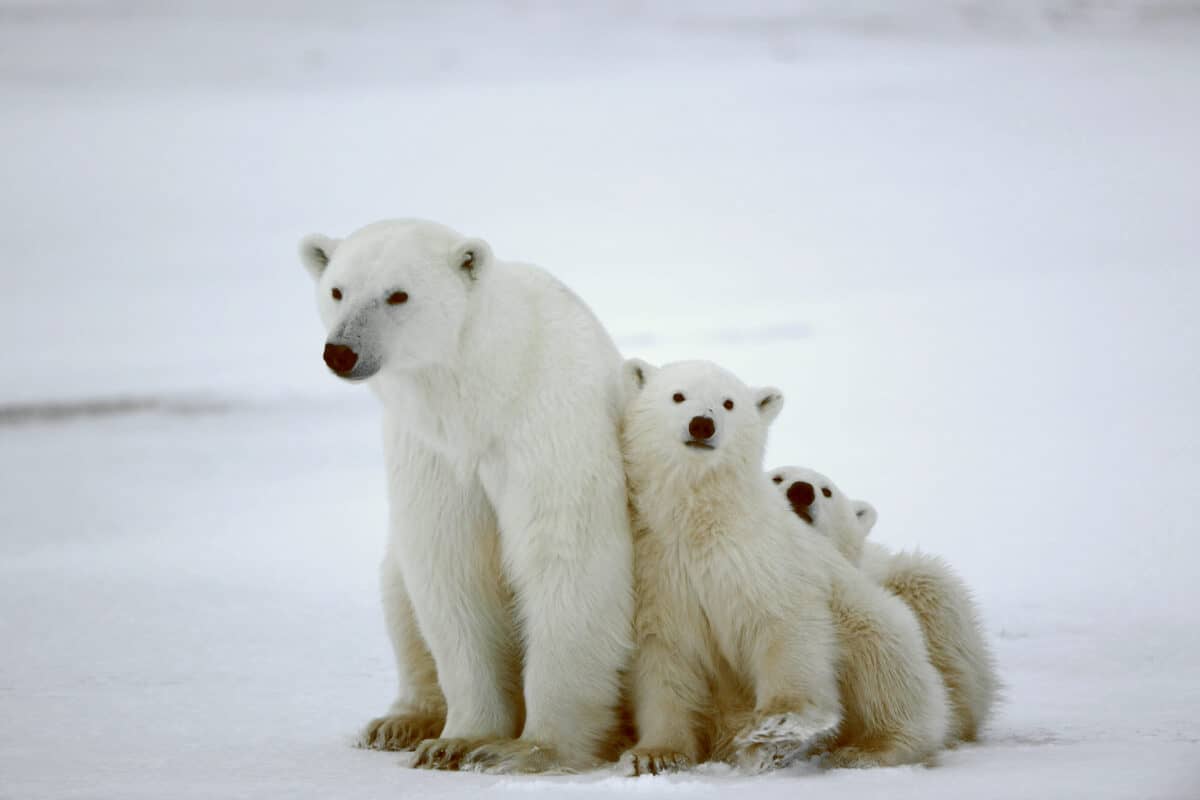
- Distance Covered: 687 km (426 miles)
- Duration: 232 continuous hours (9.67 days)
- Location: Beaufort Sea, north of Alaska and northern mainland Canada
- Temperature: In cold water temperatures of 2-6°C
- Publication: Canadian Science Publishing journal, January 2012
- Context: The swim occurred while the polar bear searched for food during a significant sea ice melt.
Impact of Climate Change on Polar Bears
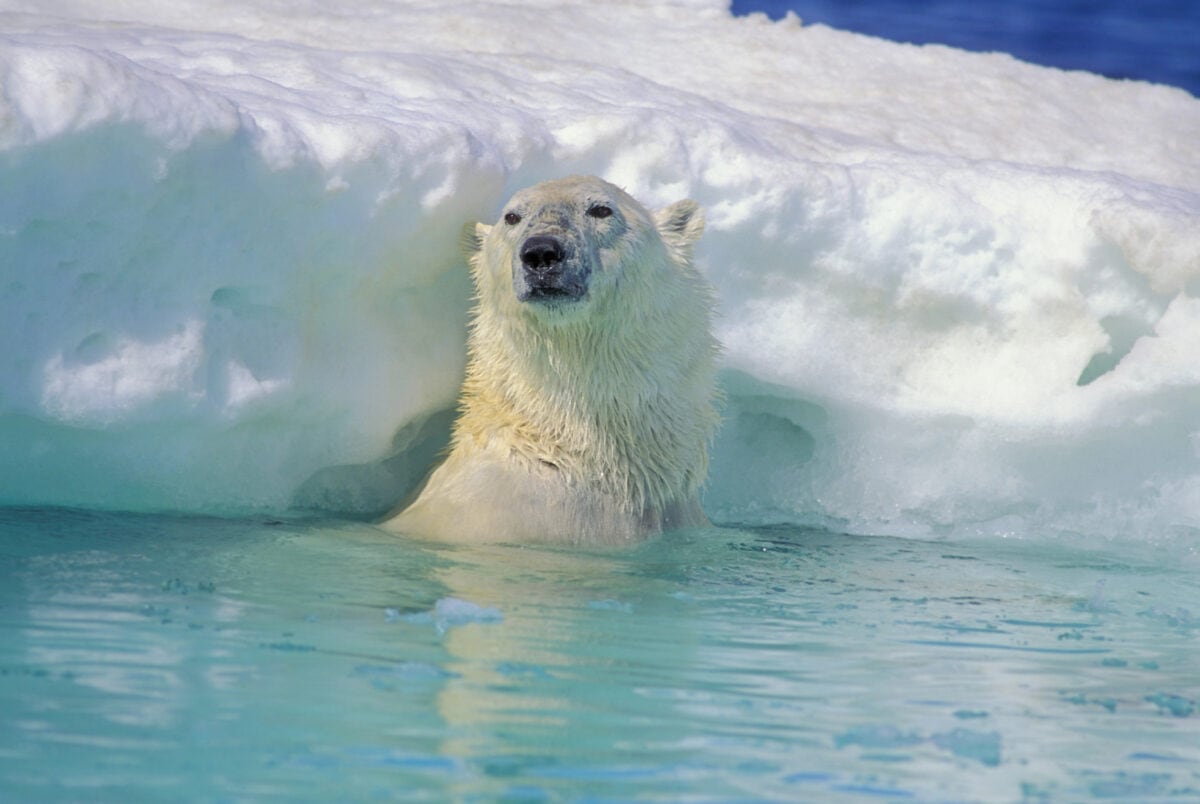
Polar bears primarily hunt for marine animals, which usually forces them to swim in search of sea ice. According to the study, which evaluated the swimming distance of polar bears, long-distance swimming is a behavioral response to declining summer sea-ice conditions in the Arctic. Less sea ice forces polar bears to swim further in search of suitable hunting grounds.
Nutritional Stress and Cub Mortality
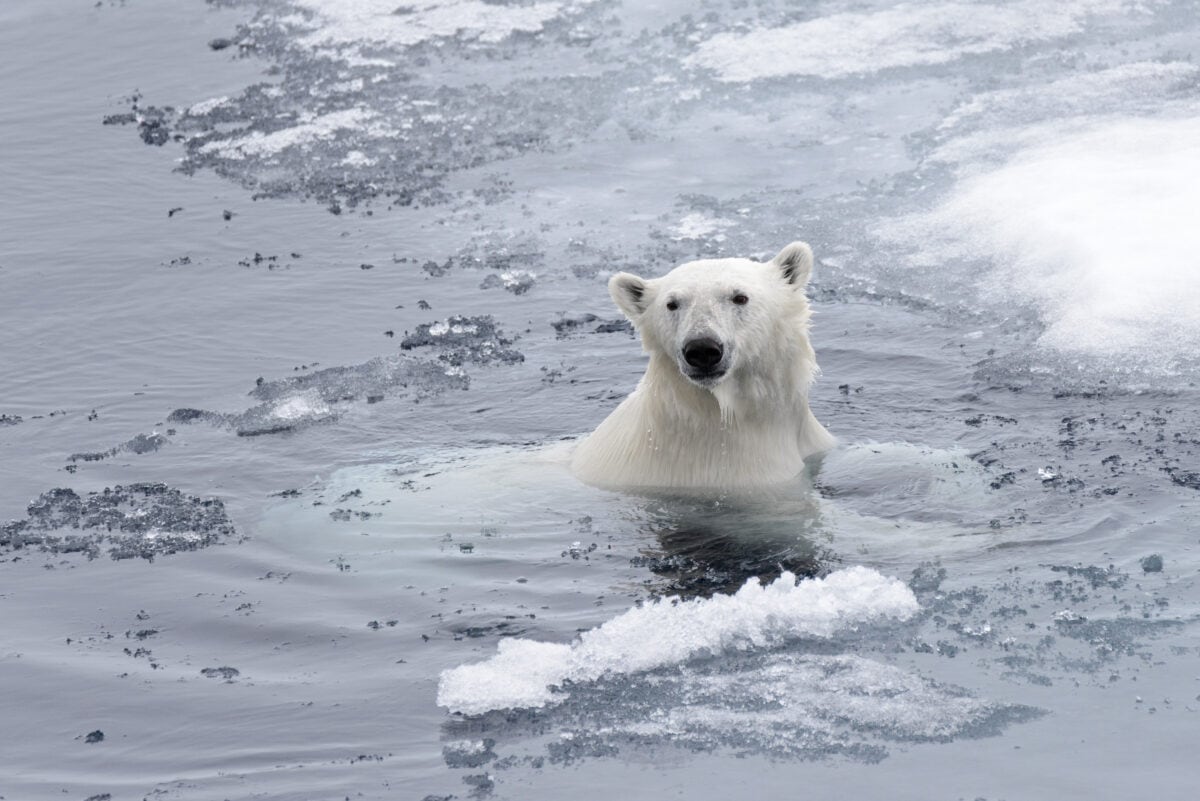
Arctic sea ice is lost at a frightening rate of 13% per decade. Reduced sea ice forces polar bears to swim longer distances for suitable hunting grounds. For polar bears, long-distance swimming is more energetically demanding than moving over sea ice. Polar bears that swim longer distances are at more risk of being malnourished. Additionally, long-distance swimming in search of prey significantly raises cub mortality as cubs do not have the fat reserves and strength required to swim those distances.
Interesting Facts: Polar Bear Fur isn’t White
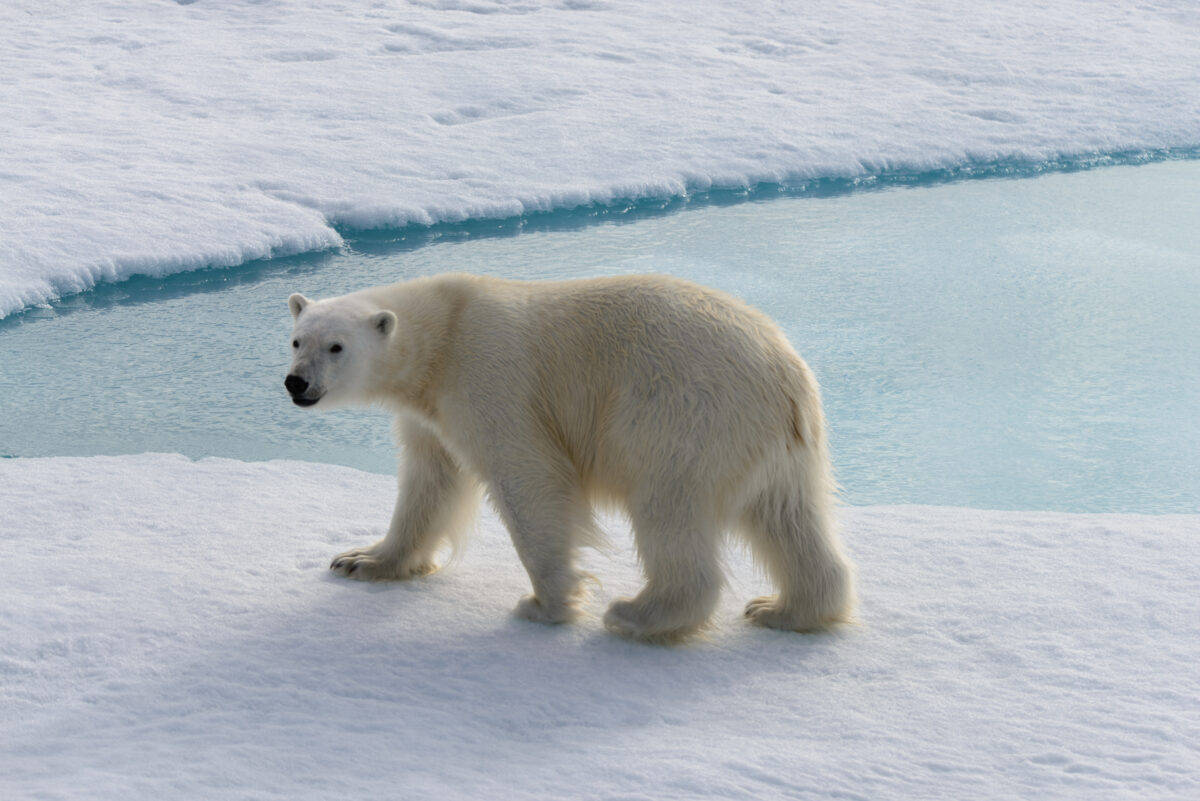
Polar bears have transparent fur and black skin. Their fur appears white because of the reflection of light. Their black skin helps them absorb sunlight and warmth in the cold Arctic conditions.
Interesting Facts: Large Home Ranges
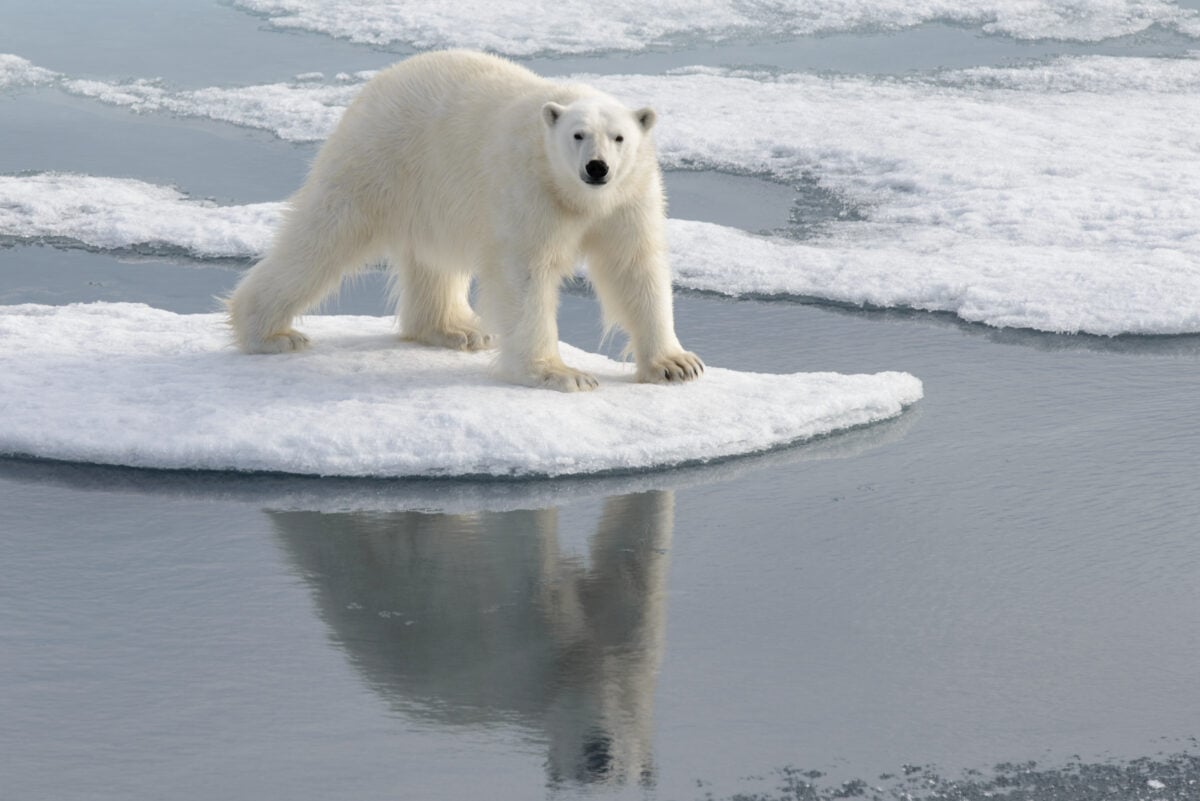
Polar bears have some of the largest home ranges of any land mammal. Depending on the availability of sea ice, a bear’s home range can extend up to 600,000 square kilometers (about 232,000 square miles). This is roughly the size of France!
Conclusion: Longest Swim by a Polar Bear
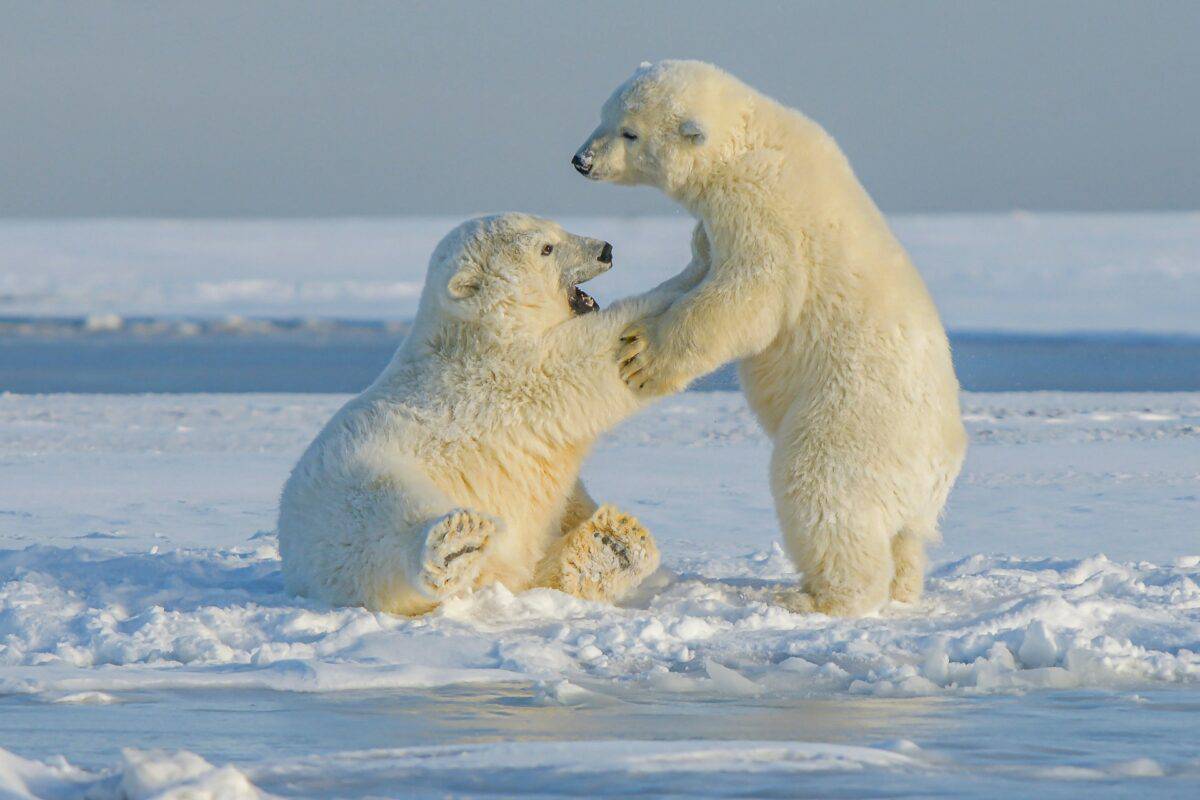
Global warming is affecting animals worldwide. However, when I consider those most affected, I picture a polar bear swimming to try to find sea ice. Polar bears are remarkable swimmers, but the reduction of sea ice of sea ice has been linked to reductions in survival and population size. This article highlights the importance of global efforts to combat climate change and protect the Arctic ecosystem.
You might also enjoy:
- Watch: Polar Bear Asks Human for Help in a Unusual Encounter
- Watch: Walrus Stands Up Against Polar Bear
- Survival on Thin Ice: Polar Bears Facing Climate Chaos in 2024
- World’s Largest Snake Discovered In Amazon Rainforest – Video - April 30, 2024
- Homeless Man Develops Life-Changing Friendship with a Husky - April 27, 2024
- Artificial Breeding of African Wild Dogs and the Sperm Bank Initiative - April 25, 2024

